You probably already know that most adults need between seven and nine hours sleep each night in order to stay sharp and fresh, and maintain a healthy head, heart and waistline. But for many, a satisfactory snooze is easier said than done. We’ve sorted through a world of tricks and techniques to understand the secrets behind a good night’s rest.
Drop The Pressure
Mattress technology has come a long way, aided by internet-based start ups disrupting the old order in a $29 billion dollar industry.
Most mattresses tend to be either innerspring or memory foam, with a small amount of hybrids on the market. Memory foam technology has rapidly developed in recent years, leading the National Sleep Foundation to recommend memory foam for better sleep in people with back pain.
“The term ‘memory foam’ is a little misleading,” says Ryan Rotundo from crowdfunded mattress startup Zotto. “It doesn’t remember where you slept – it remembers where it was, and it bounces back.” Rotundo adds that shoppers should look for heavy duty support. “The cost of foam tends to equate to the weight – and you want a heavier mattress with multiple solid layers.”
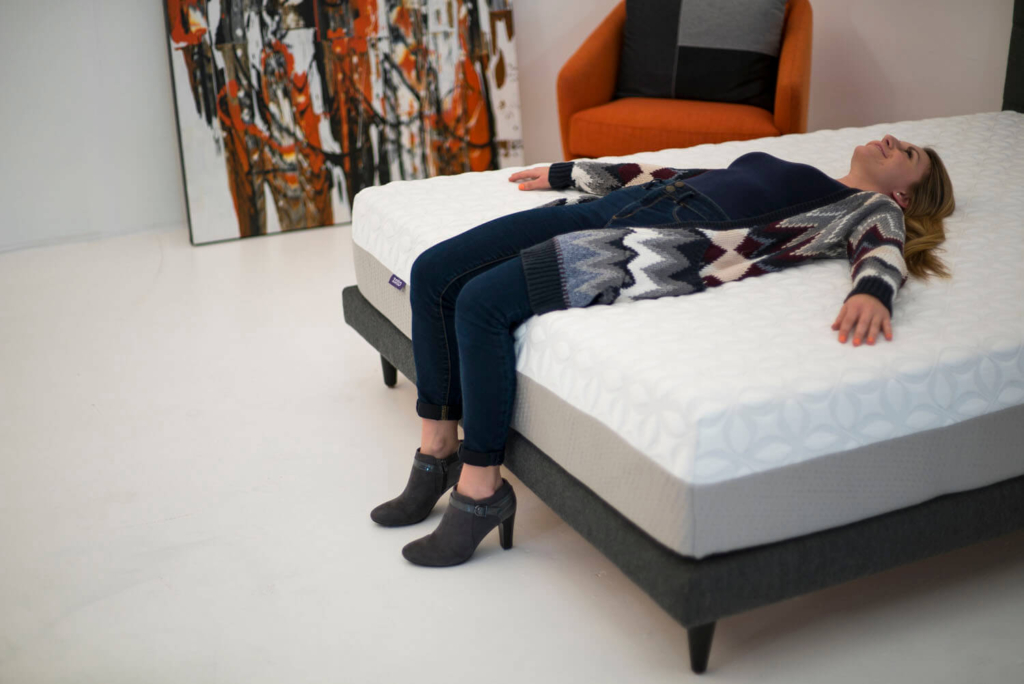
Whatever your mattress style, Rotundo says that the key thing to look for is variability in support and smooth weight transfer (particularly key for those sleeping with a partner). “Your hips and shoulders need to have more depth into the mattress, but your sides and legs don’t need as much, so you need to contour pressure point areas.”
He also says that the way you sleep also impacts your health. “People should never sleep on their stomach – it’s bad for breathing and puts a bad tweak on your spine when your head is to the side. We are supposed to sleep on our sides or back.”
You can check on your mattress quality and safety through certification programme CertiPUR-US, who test for performance, toxic chemicals and environmental safety.
Careful Whispers
Autonomous Sensory Meridian Response (ASMR) has been quietly lulling people all over the world to sleep via YouTube – and now, science has proven that these videos are onto something. The relaxing ‘brain tingles’ experienced by some people in response to specific triggers – such as whispering, tapping and slow hand movements – may have benefits for both mental and physical health, according to new research from the University of Sheffield.
Those who experience the phenomenon had significantly reduced heart rates while watching ASMR videos compared to people who do not experience ASMR. But Scottish ASMR creator Matt, who goes by the screen name Articulate Design, says that you don’t have to experience ASMR to reap the benefits of using the videos to get you to sleep: “It lowers levels of anxiety whether you experience ASMR or not – it’s a distraction for your brain. Because we can only focus on one thing at a time, you fixate on their voice and it allows your mind to start winding down, and your worrying dissolves into the background. It provides a constant aura of relaxation to get you to sleep.”
Log on to YouTube for thousands of videos with everything from time-travel role plays to the pitter-patter of rain on your window, or check out some of the audio-only offerings available in podcast stores.
Keep Your Cool
The lowering of your body temperature at night means that your body can go to work to do all the things it needs to – repairing muscles, recharging the brain and restoring energy. Conversely, being too hot means a disrupted and unsatisfying sleep.
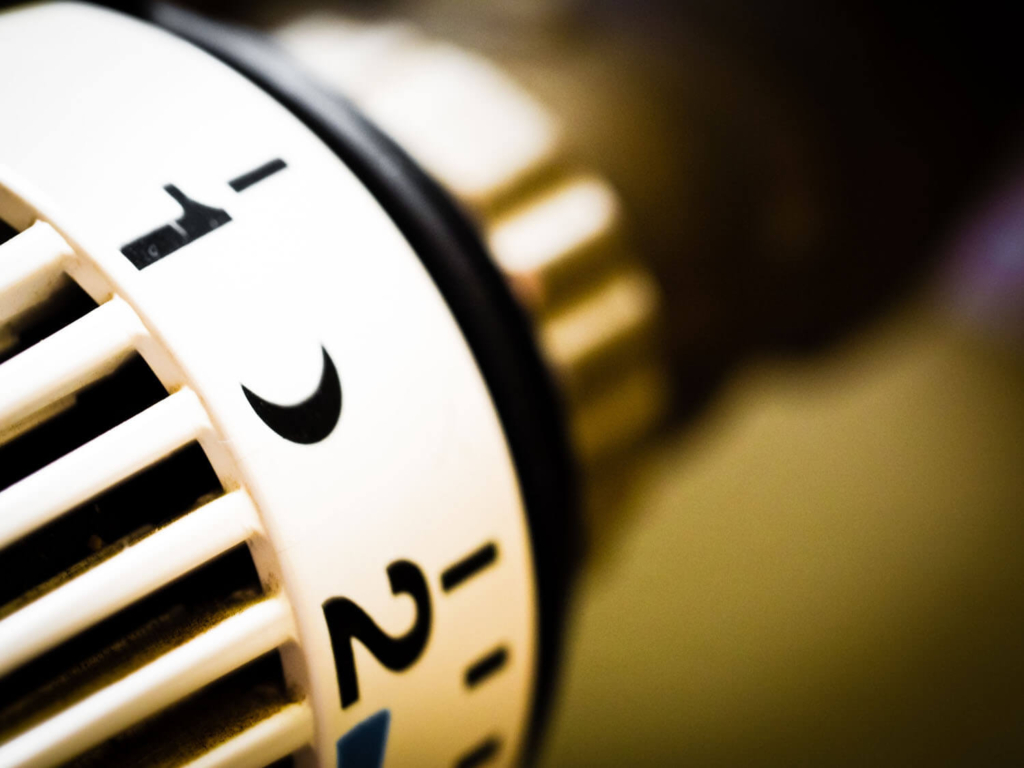
Fitness expert and “bio-hacker” Ben Greenfield says that for most people, between the hours of 2am and 6am your core temperature falls drastically, allowing for your body to repair and grow. “If you can get solid sleep during this phase, you’ll have a stronger immune system and less inflammation. But in order for your core temperature to drop like this, you need to have been asleep for up to 6 hours already.”
Greenfield recommends keeping air temperature between 17 and 19 degrees celsius, and for those who sleep hot to use a cooling mattress pad underneath their bed to help regulate their temperature. Alternatively, you can take a cool shower or swim in the early evening to help your body know that it is time to wind down.
Hunger Games
Globetrotters will know that jetlag is a constant pain – but there is one way to trick your body into its new time zone more quickly.
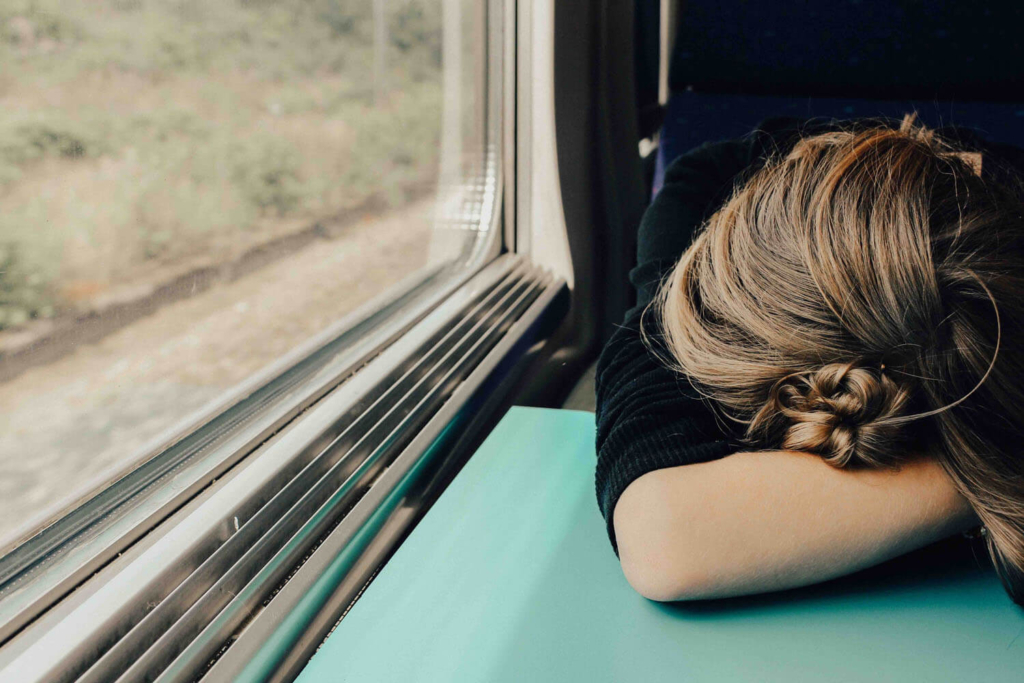
According to the Harvard Medical School, fasting can reset your circadian rhythm – your internal clock – to get you up to speed wherever you land. “A brief fast may trigger a quick reset of circadian rhythms,” says Dr. Clifford Saper. A 12- to 16-hour fast the day before and during travel, followed by a decent meal to tell your body that you have arrived, tricks your body into thinking it’s breakfast time and overrides the traditional light-based circadian clock.
Mind Over Matter
Then again, some scientists say that whether you sleep well might have already been decided before you even lie down. One recent study by Northwestern Medicine and Rush University Medical Center found that having a purpose in life results in fewer nighttime disturbances and improved sleep quality.
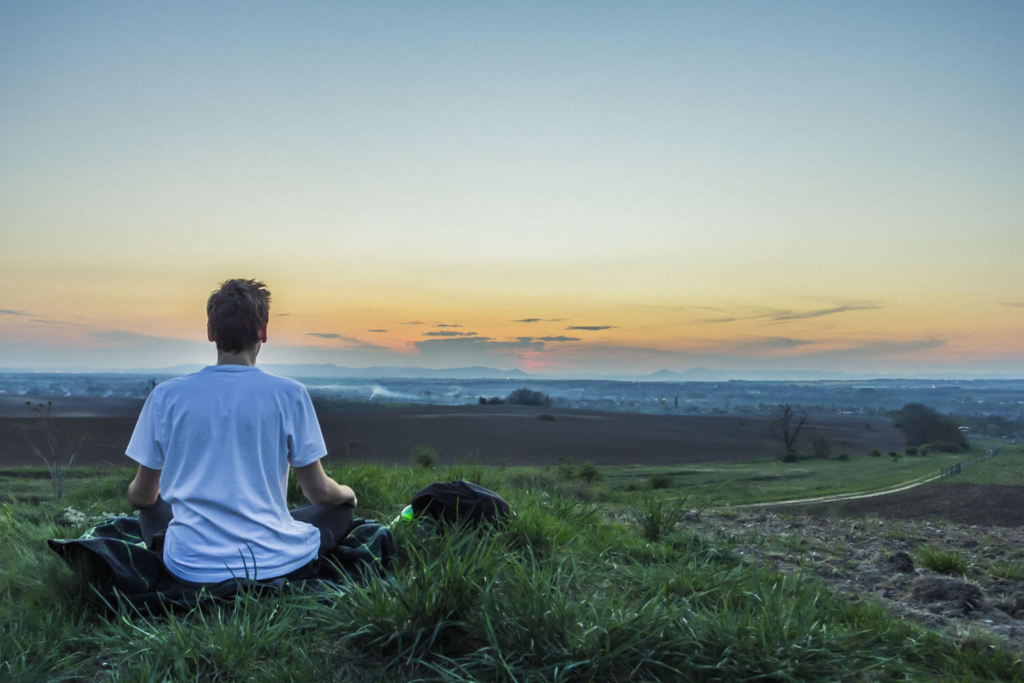
“It’s the idea of having a purpose for what you’re doing with your life, and feeling that your life specifically has meaning,” says neuropsychologist and leading author Arlener Turner. But don’t be alarmed if you haven’t got your life mapped out. “Purpose in life is something we know can be cultivated and enhanced,” adds Turner. “The tenet of mindfulness-based therapy is that your life has a purpose – but you just haven’t thought about what that purpose might be.”

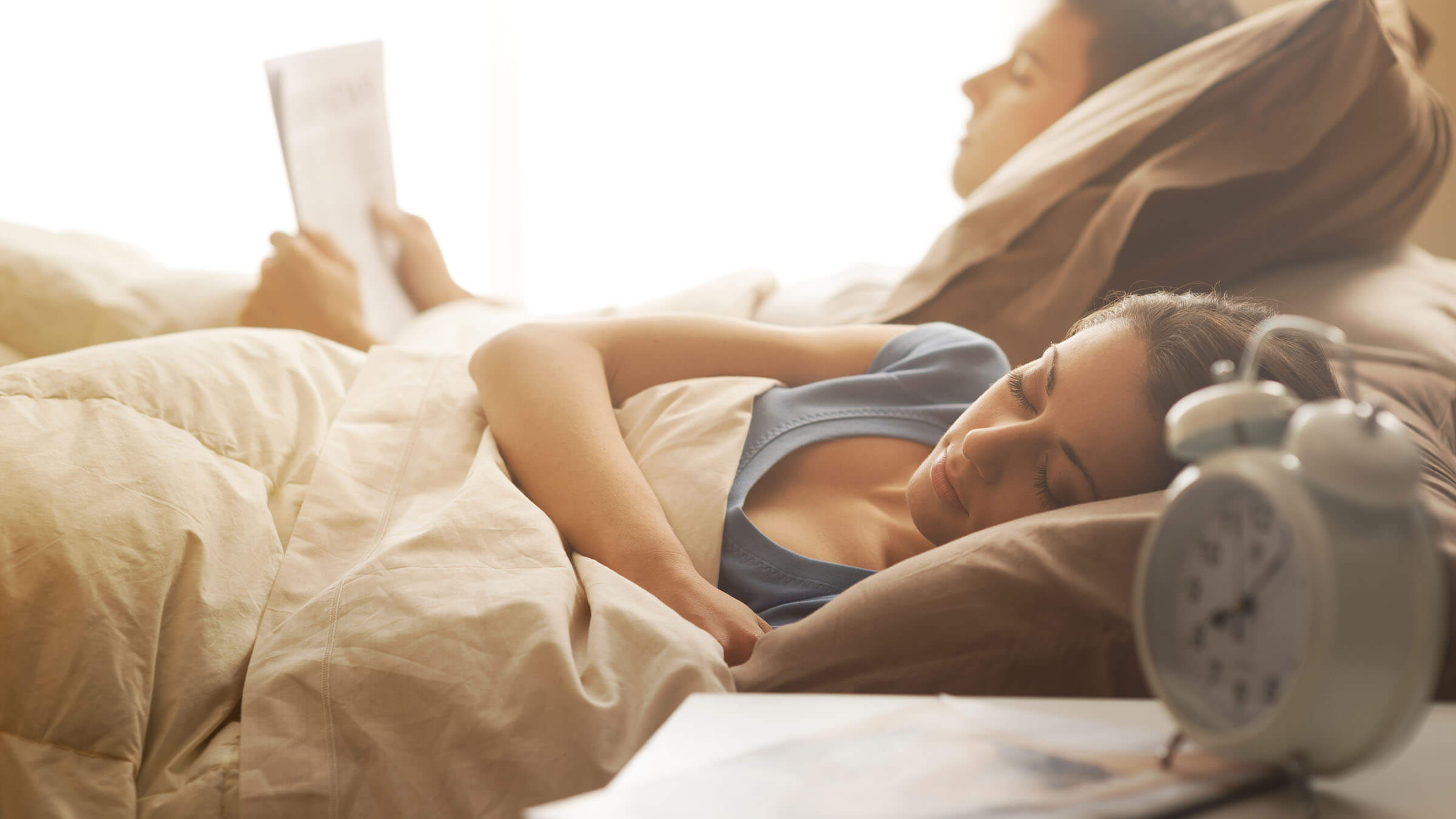












Sorry, the comment form is closed at this time.